Slow and Spicy: Innovative Spice Pairings for Perfectly Slow-Cooked Ribs
There's something deeply satisfying about sinking your teeth into a perfectly slow-cooked rib. The meat falls off the bone, melts in your mouth, and when paired with the right spice blend, it becomes an unforgettable culinary experience. But what if we told you that your standard barbecue rub might just be the tip of the iceberg? In this blog post, we're spicing things up—literally—with Innovative Spice Pairings for Temp to Slow Cook Ribs. Whether you're a seasoned pitmaster or a weekend warrior at the grill, these tips will take your rib game from good to gourmet.
Why Temperature Matters When Slow Cooking Ribs
Before we dive into the spices, let’s talk temp. Slow cooking isn’t just about setting it and forgetting it—it’s a science. The goal is to break down collagen into gelatin, which gives ribs that silky texture we all crave. To do this effectively, you need to maintain a consistent temperature between 225°F and 250°F (107°C to 121°C).
| Temperature Range | Resulting Texture | Time Required |
|---|---|---|
| 200°F - 220°F | Mildly tender but may lack depth | 6-8 hours |
| 225°F - 250°F | Perfect fall-off-the-bone tenderness | 4-6 hours |
| 250°F+ | Dry, overcooked texture | 3-4 hours |
Pro Tip: Use a dual-probe thermometer—one for the ambient temperature and one for the meat—to ensure precision. And remember, patience is key. Rushing the process can ruin even the best spice blend.
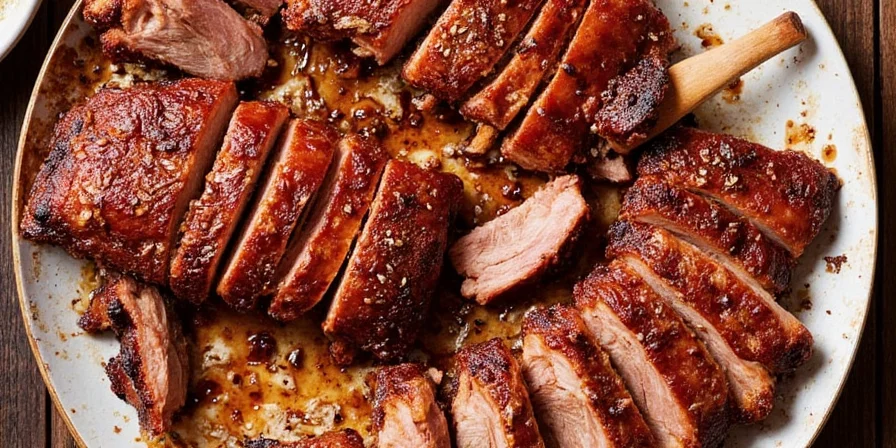
The Magic of Spice Pairings: Beyond the Classic BBQ Rub
We all know and love the traditional mix of brown sugar, paprika, garlic, and chili powder. But what if you could unlock new dimensions of flavor by pairing unconventional spices with slow-cooked ribs?
Spice Pairing #1: Smoked Paprika + Espresso Powder
This combination sounds like a barista’s dream, but it works wonders on meat. Smoked paprika brings a deep, earthy warmth while espresso powder adds bitterness and complexity. Together, they create a rich, almost molasses-like flavor profile.
- Use Case: Ideal for pork spare ribs.
- Ratio: 2 parts smoked paprika to 1 part espresso powder.
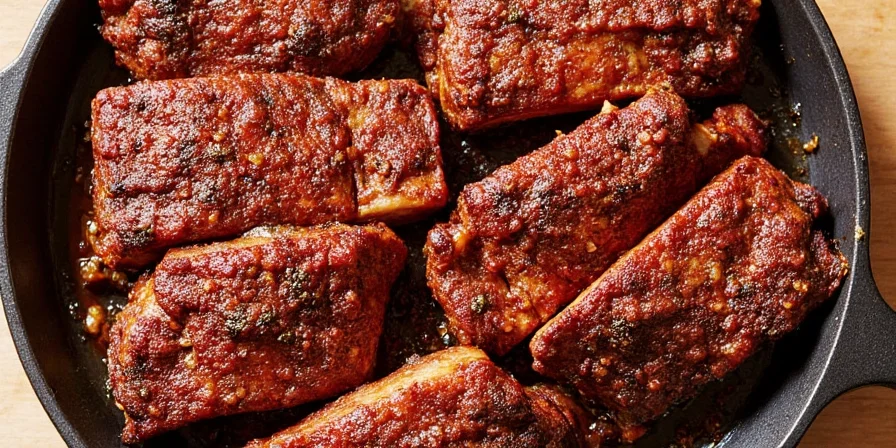
Spice Pairing #2: Cardamom + Orange Zest
Cardamom is often found in desserts, but its citrusy, floral notes make it perfect for meats too. Pair it with orange zest for a bright contrast that cuts through the richness of slow-cooked ribs.
- Use Case: Excellent with baby back ribs.
- Ratio: 1 part ground cardamom to 1 part grated orange zest.
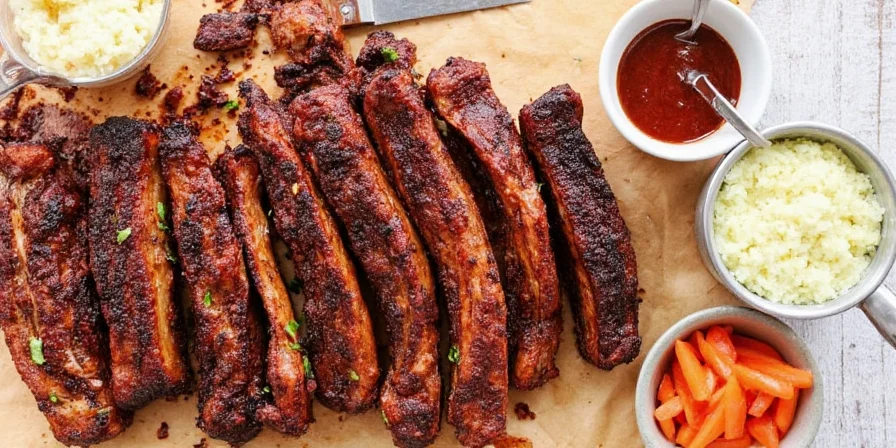
Spice Pairing #3: Cumin + Coffee Grounds
If you’re looking for bold, smoky flavors, try cumin and finely ground coffee. It adds a rustic depth that pairs beautifully with smoke from a charcoal or pellet smoker.
- Use Case: Works well with beef short ribs.
- Ratio: 1.5 parts cumin to 1 part coffee grounds.
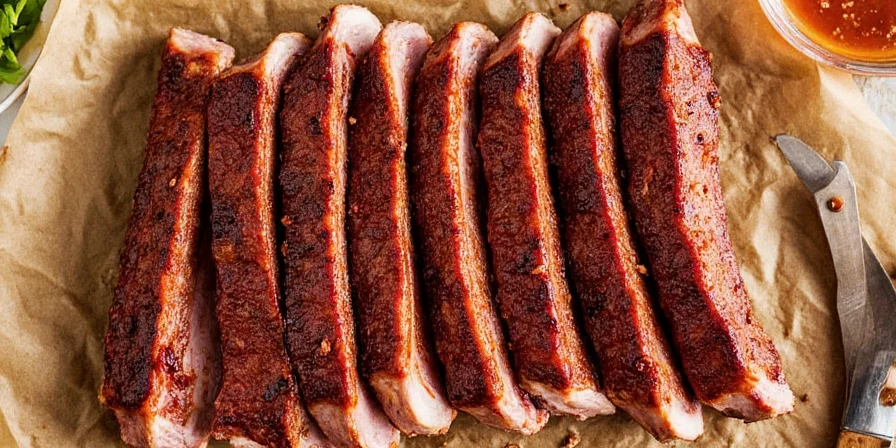
Spice Pairing #4: Rosemary + Black Pepper
A surprisingly classic duo that’s often overlooked. Rosemary’s piney freshness combined with the sharp bite of black pepper makes for a clean, herbaceous profile.
- Use Case: Best for lamb ribs or venison.
- Ratio: 2 parts crushed rosemary to 1 part cracked black pepper.
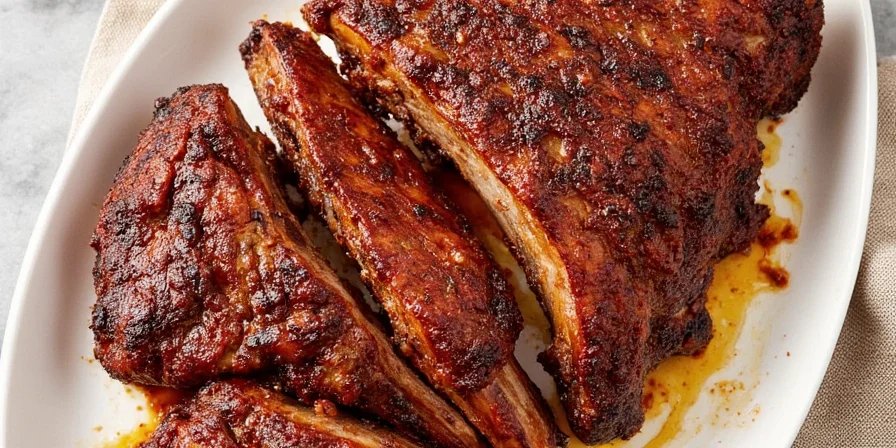
Spice Pairing #5: Turmeric + Lime Zest
Turmeric offers a vibrant color and subtle bitterness that complements the fatty nature of ribs. Add lime zest to lift the whole dish with a zesty pop.
- Use Case: Great for grilled or oven-roasted ribs.
- Ratio: 1 part turmeric to 1 part lime zest.
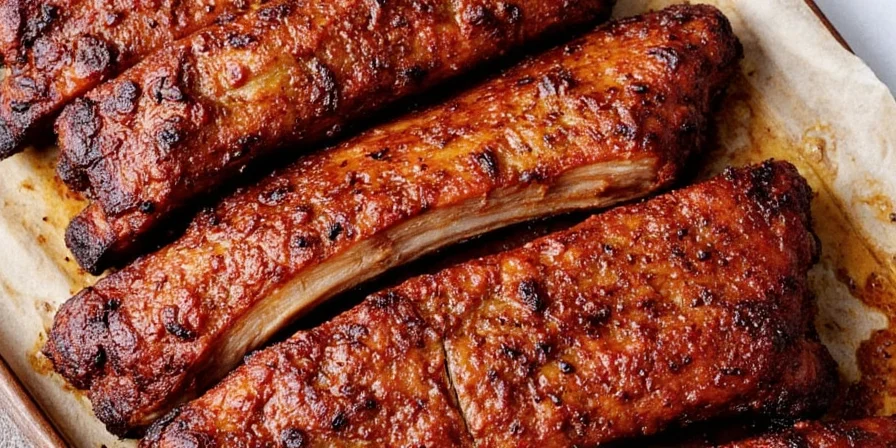
How to Apply Spice Blends for Maximum Flavor
Knowing which spices to use is only half the battle. Here’s how to apply them effectively:
- Start with a Binder: Use a small amount of olive oil, mustard, or Worcestershire sauce to help the spices adhere to the meat.
- Massage It In: Don’t be gentle—rub the spices into the meat thoroughly to ensure full coverage.
- Let It Rest: Allow the ribs to sit in the fridge for at least 2 hours (or overnight) before cooking to deepen the flavor.
- Wrap and Rest: After slow cooking, wrap the ribs in foil or butcher paper and let them rest for 30 minutes. This allows juices to redistribute and enhances overall moisture.
Putting It All Together: A Sample Rib Recipe
Ready to try one of these innovative spice pairings? Here’s a simple yet delicious recipe using our first pairing—Smoked Paprika + Espresso Powder.
Espresso-Smoked Pork Spare Ribs
- Ingredients:
- 2 racks pork spare ribs
- 2 tbsp smoked paprika
- 1 tbsp espresso powder
- 1 tsp garlic powder
- 1 tsp onion powder
- 1 tsp salt
- ½ tsp black pepper
- 1 tbsp olive oil
- Trim excess fat from the ribs and pat dry.
- Mix all dry ingredients together in a bowl.
- Rub the mixture generously onto both sides of the ribs.
- Drizzle with olive oil and massage until the spices stick.
- Wrap in plastic and refrigerate for at least 2 hours.
- Preheat your smoker or oven to 225°F (107°C).
- Cook for 5–6 hours until the meat pulls away from the bone.
- Wrap in foil and rest for 30 minutes before slicing.
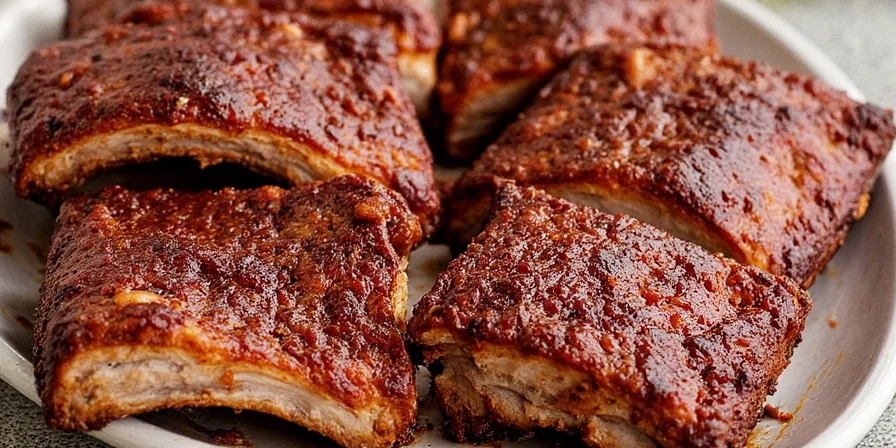
Frequently Asked Questions (FAQs)
Can I use fresh herbs instead of dried spices?
Yes! Just keep in mind that fresh herbs have more moisture, so adjust quantities accordingly. For every 1 teaspoon of dried spice, use about 1 tablespoon of chopped fresh herbs.
What if I don't have a smoker?
No problem! You can slow-cook ribs in a conventional oven. Place them on a wire rack set inside a baking sheet, cover with foil, and bake at 250°F (121°C) for 4–5 hours.
Do I need to remove the membrane from the ribs?
Yes, especially for pork ribs. Removing the silvery membrane on the underside allows spices to penetrate better and improves tenderness.
Conclusion: Ribs That Pack a Punch
Slow cooking ribs isn’t just about time and temperature—it’s also about creativity. With these Innovative Spice Pairings for Temp to Slow Cook Ribs, you can transform a classic comfort food into a show-stopping masterpiece. From the smoky depth of espresso and paprika to the floral brightness of cardamom and orange zest, each combination brings something unique to the table.
So next time you fire up the smoker or preheat the oven, don’t reach for the same old bottle of paprika. Shake things up, experiment with bold flavors, and impress your friends with ribs that are anything but ordinary. Because when it comes to slow-cooked ribs, the real magic lies in the marinade—and now you’ve got the secret formula.
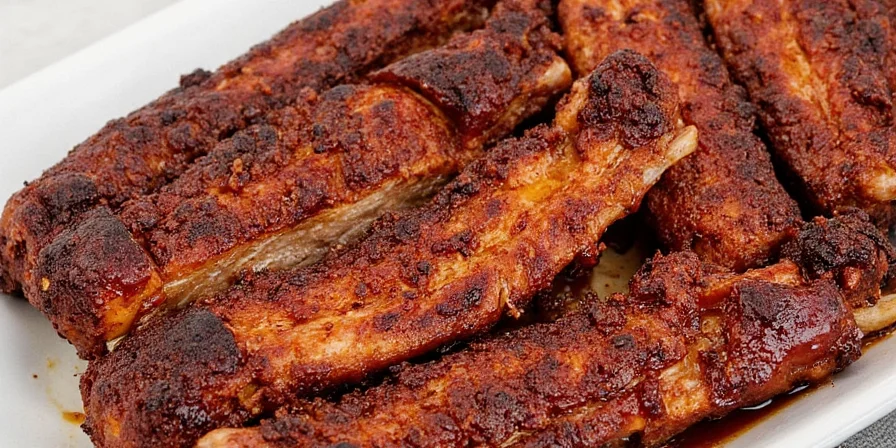

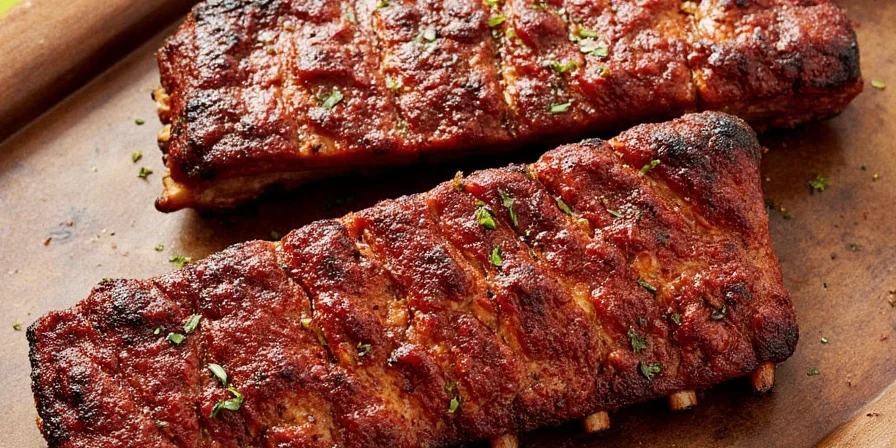









 浙公网安备
33010002000092号
浙公网安备
33010002000092号 浙B2-20120091-4
浙B2-20120091-4